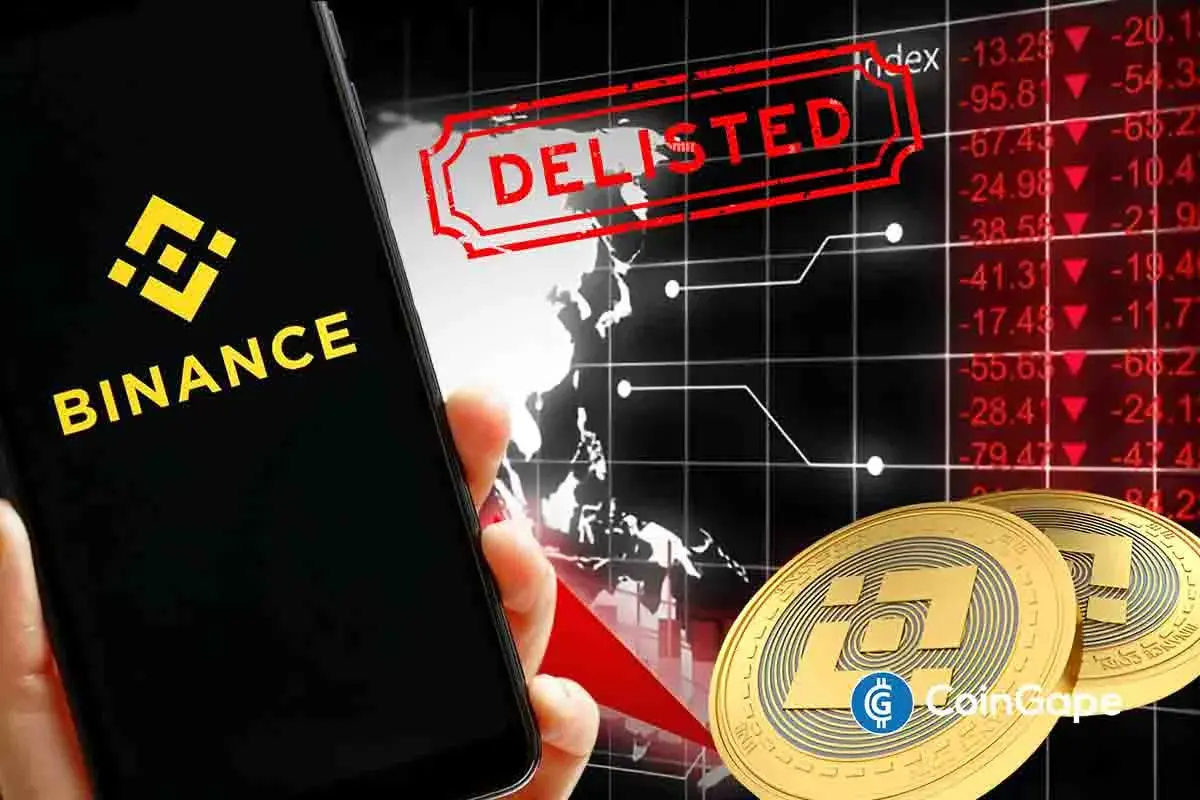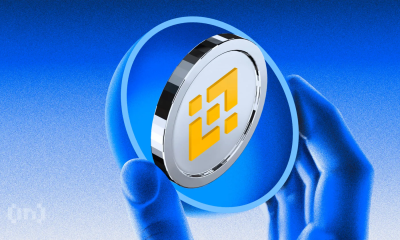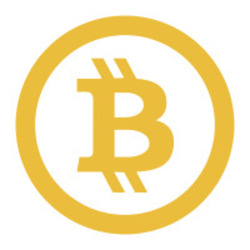Market
Binance Users Targeted by New Phishing SMS Scam
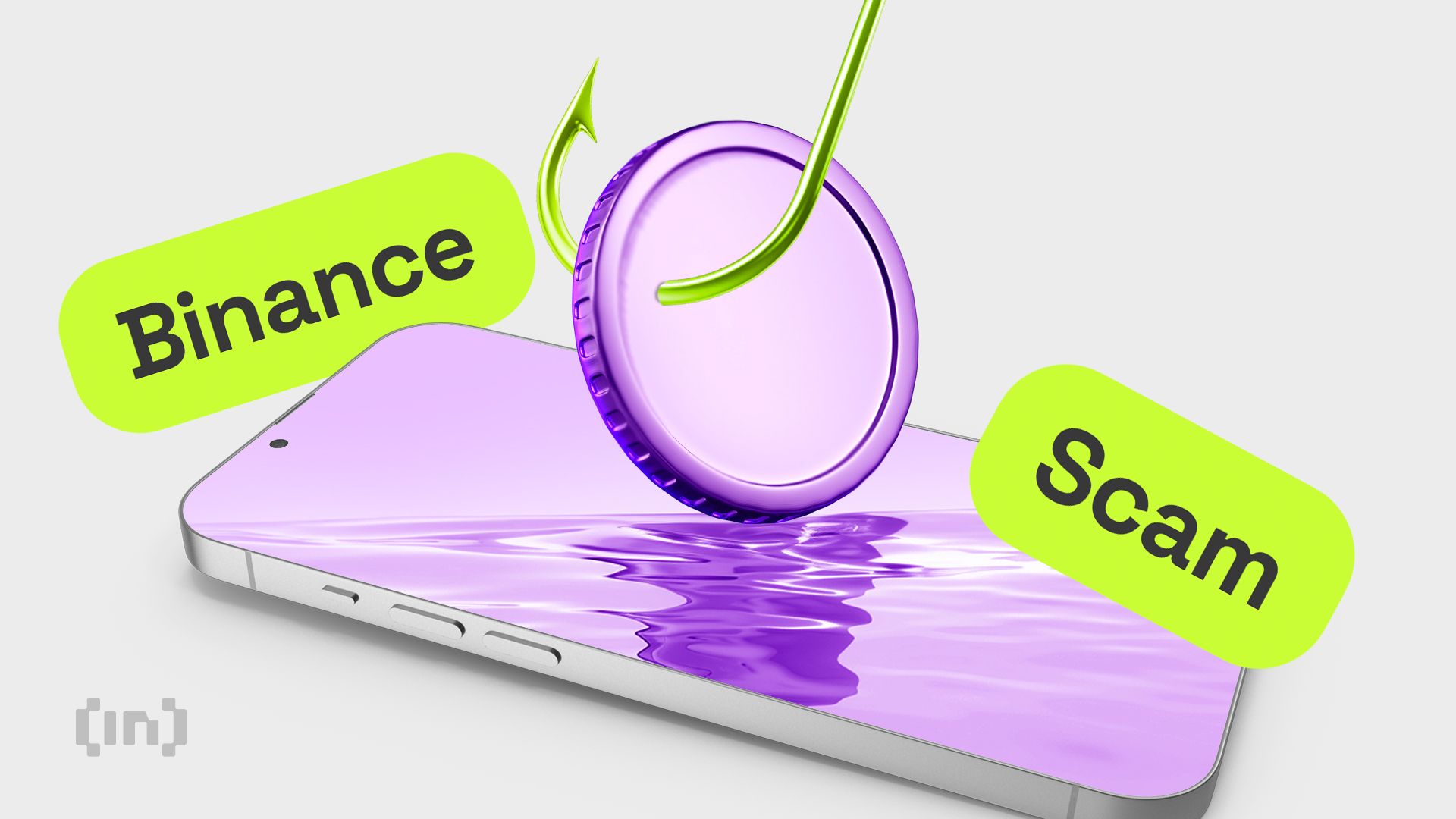
Dozens of Binance users report receiving an alarming wave of phishing text messages that appear genuine. These messages even match the phone number and SMS inbox they regularly see for official Binance updates.
Almost all phishing texts reviewed by BeInCrypto have the same wording and format. This leads us to believe that a particular threat actor or criminal group is targeting Binance users with a sophisticated phishing campaign.
Targeted Phishing Campaign Against Binance Users
The messages often warn of users’ unauthorized account activities—such as a newly added two-factor authentication device.
Most commonly, the phishing messages follow up with a text about an unexpected Binance API pairing with Ledger Live. The recipients are then urged to call a provided phone number.
Some targeted users claim these texts show up in the same thread as their legitimate Binance notifications. This creates confusion and prompts them to engage. Investigations by BeInCrypto reveal a surge in consumer complaints on X (formerly Twitter).

Many users say they were caught off guard because the scam messages originated from the same sender ID used by Binance for authentic notifications.
Meanwhile, the criminals behind this campaign appear to be capitalizing on publicly reported leaks of Binance user data on dark web forums.
Last month, an estimated 230,000 combined user records from Binance and Gemini reportedly appeared for sale on the dark web. Security experts suggest these leaks came through phishing attacks rather than direct system breaches.
The suspected group of threat actors is likely using leaked information—names, phone numbers, and emails—to craft targeted messages that give the illusion of legitimacy.
Also, the pattern seen in the phishing attempts typically involves an urgent “not you?” query. It prompts recipients to call an embedded phone line instead of simply clicking a link.
This method bypasses the more common scenario of phishing links in SMS.
Binance is Extending Anti-Phishing Code to SMS
In an exclusive email to BeInCrypto, Binance’s Chief Security Officer, Jimmy Su, responded to these findings. Su confirmed the company’s awareness of the escalating smishing incidents.
“We are aware of smishing scams on the rise where phishing scammers are impersonating us and other legitimate senders via SMS. These scams appear to be more authentic, tricking users into revealing sensitive information, clicking into phishing links, or making a transfer that result in loss of assets.” Binance’s Chief Security Officer told BeInCrypto.
Su further disclosed that Binance has extended its Anti-Phishing Code to SMS. This feature was originally offered for emails.
The code is a user-defined identifier that appears in official Binance messages, making it easier for recipients to recognize genuine notifications and avoid impostors.
“By incorporating a unique Anti-Phishing code into Binance SMS messages, we are making it significantly harder for scammers to deceive our users,” Su said.
The Anti-Phishing Code has been rolled out to all licensed jurisdictions where Binance operates.
Also, according to Binance, both registered and non-registered users have reported receiving suspicious texts.
Therefore, attackers might be leveraging databases that include phone numbers of individuals not actively using Binance.
BeInCrypto advises users to adopt additional measures, such as verifying transactions directly through Binance’s official app or website, using multifactor authentication, and never sharing credentials over the phone.
Reporting suspicious messages to Binance’s support team is strongly advised.
Individuals are encouraged to confirm official communications by checking for the Anti-Phishing Code and to carefully scrutinize any request to call phone numbers provided in unsolicited messages.
Disclaimer
In adherence to the Trust Project guidelines, BeInCrypto is committed to unbiased, transparent reporting. This news article aims to provide accurate, timely information. However, readers are advised to verify facts independently and consult with a professional before making any decisions based on this content. Please note that our Terms and Conditions, Privacy Policy, and Disclaimers have been updated.
Market
This Crypto Security Flaw Could Expose Seed Phrases

Crypto users often focus on user interfaces and pay less attention to the complex internal protocols. Security experts recently raised concerns about a critical vulnerability in Crypto-MCP (Model-Context-Protocol), a protocol for connecting and interacting with blockchains.
This flaw could allow hackers to steal digital assets. They could redirect transactions or expose the seed phrase — the key to accessing a crypto wallet.
How Dangerous is the Crypto-MCP Vulnerability?
Crypto-MCP is a protocol designed to support blockchain tasks. These tasks include querying balances, sending tokens, deploying smart contracts, and interacting with decentralized finance (DeFi) protocols.
Protocols like Base MCP from Base, Solana MCP from Solana, and Thirdweb MCP offer powerful features. These include real-time blockchain data access, automated transaction execution, and multi-chain support. However, the protocol’s complexity and openness also introduce security risks if not properly managed.
Developer Luca Beurer-Kellner first raised the issue in early April. He warned that an MCP-based attack could leak WhatsApp messages via the protocol and bypass WhatsApp’s security.
Following that, Superoo7—head of Data and AI at Chromia—investigated and reported a potential vulnerability in Base-MCP. This issue affects Cursor and Claude, two popular AI platforms. The flaw allows hackers to use “prompt injection” techniques to change the recipient address in crypto transactions.
For example, if a user tries to send 0.001 ETH to a specific address, a hacker can insert malicious code to redirect the funds to their wallet. What’s worse, the user may not notice anything wrong. The interface will still show the original intended transaction details.
“This risk comes from using a ‘poisoned’ MCP. Hackers could trick Base-MCP into sending your crypto to them instead of where you intended. If this happens, you might not notice,” Superoo7 said.

Developer Aaronjmars pointed out an even more serious issue. Wallet seed phrases are often stored unencrypted in the MCP configuration files. If hackers gain access to these files, they can easily steal the seed phrase and fully control the user’s wallet and digital assets.
“MCP is an awesome architecture for interoperability & local-first interactions. But holy shit, current security is not tailored for Web3 needs. We need better proxy architecture for wallets,” Aaronjmars emphasized.
So far, no confirmed cases of this vulnerability being exploited to steal crypto assets exist. However, the potential threat is serious.
According to Superoo7, users should protect themselves by using MCP only from trusted sources, keeping wallet balances minimal, limiting MCP access permissions, and using the MCP-Scan tool to check for security risks.
Hackers can steal seed phrases in many ways. A report from Security Intelligence at the end of last year revealed that an Android malware called SpyAgent targets seed phrases by stealing screenshots.
Kaspersky also discovered SparkCat malware that extracts seed phrases from images using OCR. Meanwhile, Microsoft warned about StilachiRAT, malware that targets 20 crypto wallet browser extensions on Google Chrome, including MetaMask and Trust Wallet.
Disclaimer
In adherence to the Trust Project guidelines, BeInCrypto is committed to unbiased, transparent reporting. This news article aims to provide accurate, timely information. However, readers are advised to verify facts independently and consult with a professional before making any decisions based on this content. Please note that our Terms and Conditions, Privacy Policy, and Disclaimers have been updated.
Market
Mantra’s OM Token Surges 25% After Token Burn Announcement

After suffering a historic price collapse, Mantra’s OM is making a remarkable comeback. The altcoin plunged over 90% on April 13, falling from $6.30 to under $0.50 in hours.
However, it has bounced back with a 25% gain over the past 24 hours. OM is currently the market’s top gainer and is poised to extend its gains in the short term.
OM Leads Market Gains With a 25% Jump
The sudden resurgence in investor interest in OM comes after an April 15 X post from Mantra CEO John Patrick Mullin, announcing plans to burn the team’s token allocation.
While plans for the token burn are still being finalized, Mullin’s announcement has calmed market fears and revived bullish sentiment among some traders. This renewed confidence has prompted increased OM accumulation, driving the token’s price up by over 25% in the past 24 hours.
Key on-chain and market metrics support the rebound narrative. For example, the token’s open interest has risen sharply by 9%, indicating a surge in fresh capital entering OM positions in the past 24 hours.

As of this writing, this stands at $156.74 million. When an asset’s open interest climbs alongside its price like this, it signals that new money is entering the market and that traders are opening fresh positions in the direction of the uptrend.
Moreover, OM’s long/short ratio confirms this. As of this writing, it is currently at 1.02, highlighting the preference for long positions among futures traders.

An asset’s long/short ratio measures the proportion of its long positions to short ones in the market.
A ratio above one like this means there are more positions betting on a sustained OM price rally than those opened in favor of a decline.
Next Stop $2.64 or Back to January’s $0.09 Lows?
At press time, OM trades at $0.78, climbing 29% from April 13’s low of $0.50. With the gradual uptick in its buying pressure, the altcoin could maintain its current rally to trade at $2.64.
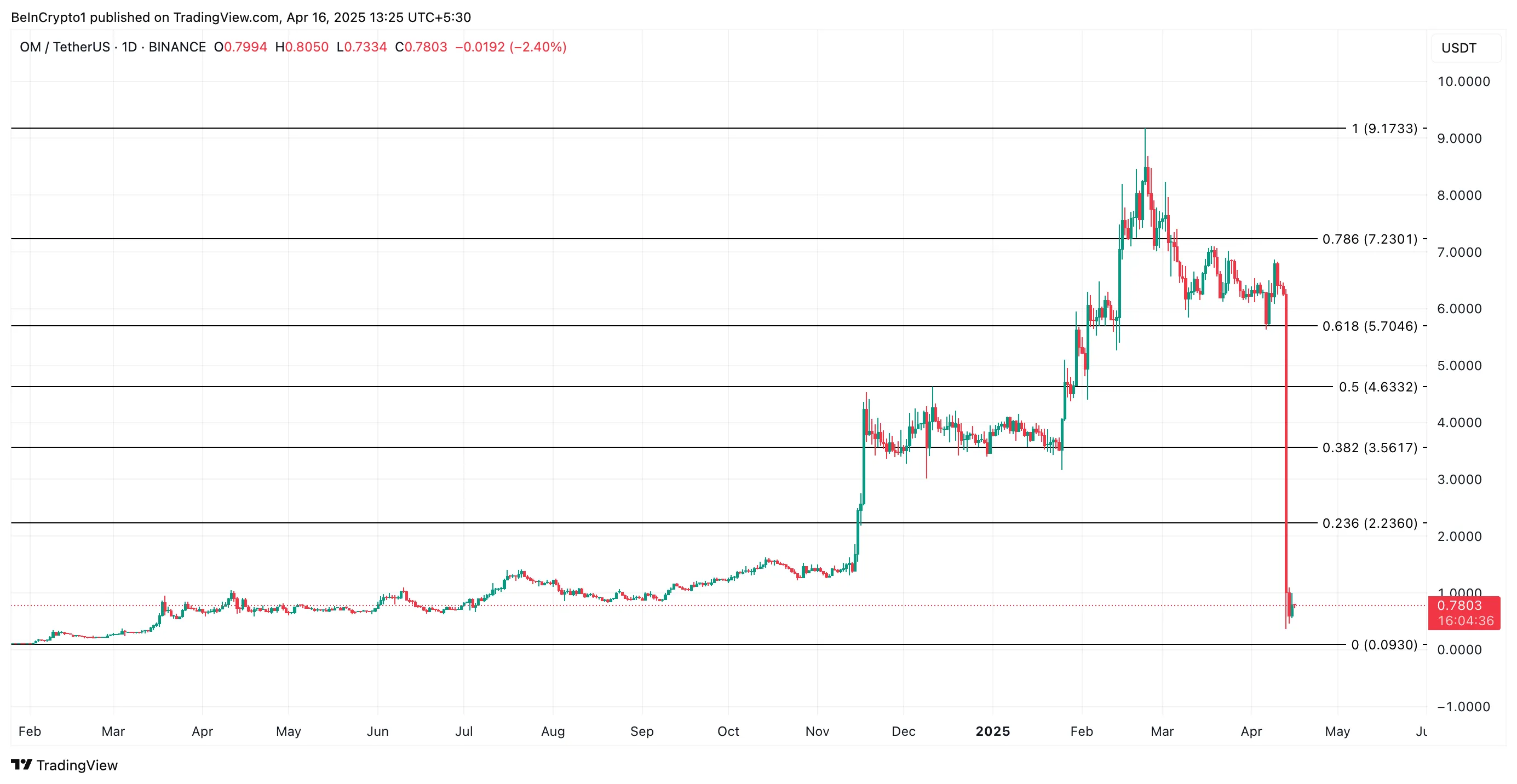
However, if the bears regain market control and increase the downward pressure on OM, it could extend its decline and fall to $0.09, a low it last reached in January 2024.
Disclaimer
In line with the Trust Project guidelines, this price analysis article is for informational purposes only and should not be considered financial or investment advice. BeInCrypto is committed to accurate, unbiased reporting, but market conditions are subject to change without notice. Always conduct your own research and consult with a professional before making any financial decisions. Please note that our Terms and Conditions, Privacy Policy, and Disclaimers have been updated.
Market
BNB Burn Reduces Circulating Supply by $916 Million
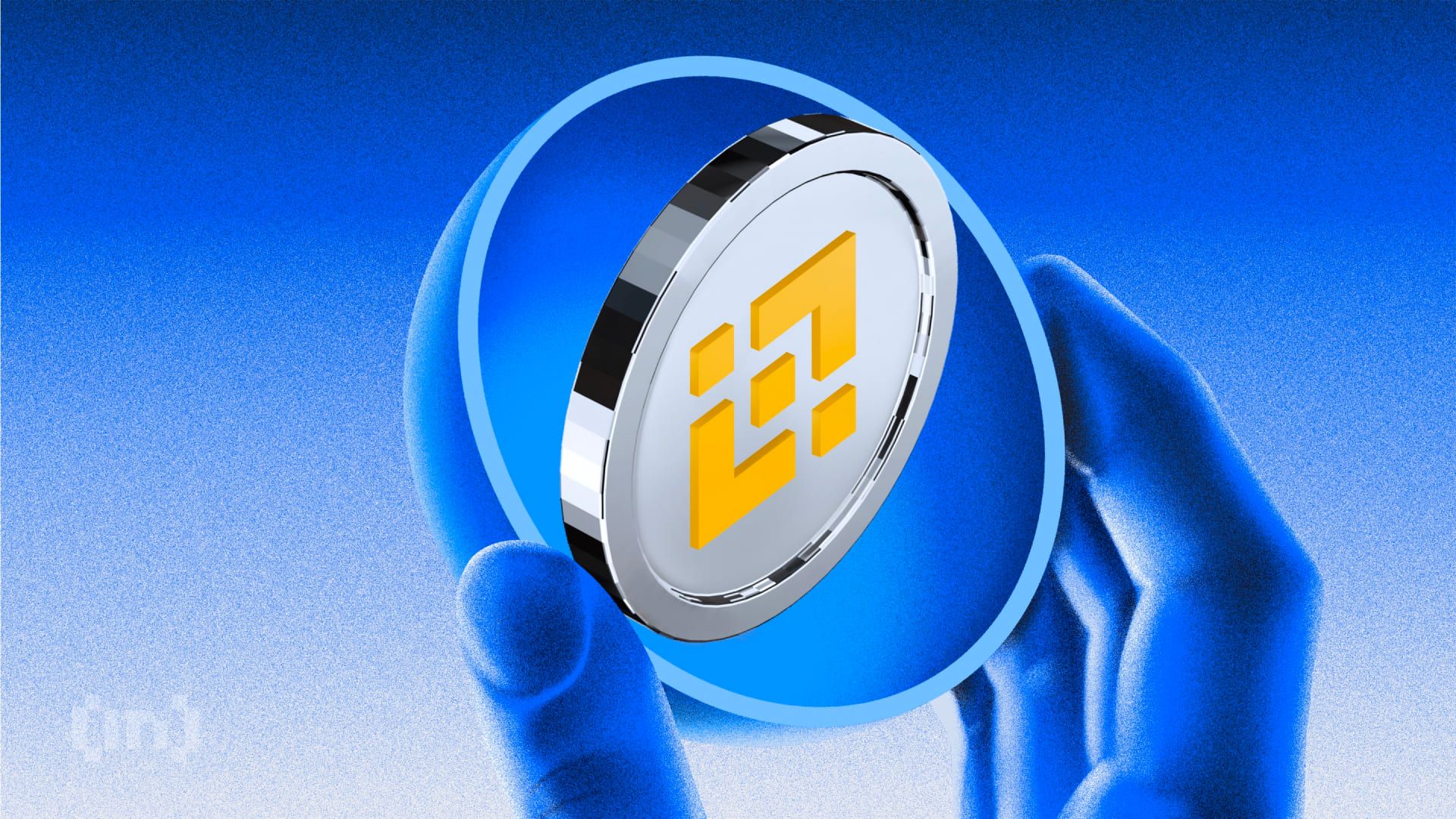
Binance co-founder Changpeng Zhao (CZ) announced a major deflationary milestone, confirming the completion of BNB Chain’s 31st quarterly token burn.
In total, 1.57 million BNB, valued at approximately $916 million, was permanently removed from circulation.
BNB Chain Burns $916 Million Worth of Tokens in 31st Quarterly Event
The BNB burn is part of BNB Smart Chain’s long-running commitment to reduce the token’s total supply and potentially bolster long-term value.
According to an official blog post, this quarter’s burn was completed successfully. The remaining total supply of BNB stands at just over 139 million. Former Binance CEO Changpeng Zhao echoed the update with a simple post on X (Twitter).
“$916,000,000 BNB burned,” CZ wrote.
They sent the tokens to a burn address, 0x000…dEaD, making them unrecoverable and effectively reducing the total supply.
The burn occurred under BNB’s Auto-Burn mechanism and marks one of the largest events in the chain’s history. Established under BEP95, BNB’s Auto-Burn system provides transparency and predictability. It adjusts the burn amount based on BNB’s market price and the number of blocks generated on the BNB Smart Chain (BSC) each quarter.
The goal is gradually reducing the token’s circulating supply to 100 million BNB. Once this happens, regular burns will cease.
Deflationary mechanisms are typically bullish, but the market reaction was tepid. BNB’s price slipped 2.11% over the past 24 hours, trading around $578.04 as of this writing.

Impact of BNB Burn on Market Sentiment
The muted response mirrors the aftermath of the 30th burn, suggesting that even billion-dollar reductions in supply are not enough to overcome broader market sentiment or investor fatigue. Meanwhile, community members expressed mixed feelings about the event.
“It actually pains me sometimes to see BNB burns! I know it’s part of the deflationary process… but it still hurts brother CZ,” crypto advocate Shahzad Quadri commented.
Meanwhile, others questioned the utility of such a large burn. Users asked CZ why the BNB chain did not redirect the funds toward marketing efforts.
“It’s not up to me. It was in the whitepaper. A promise is a promise,” CZ replied.
This statement resonated with community leaders, including a MEXC exchange KOL, who responded in a post.
“Saw people wishing it wasn’t burnt. The only way is burning because if it is not burnt, the team won’t be keeping the promise on the whitepaper,” the KOL highlighted.
Changpeng Zhao added a touch of irony, seeming surprised by the size of the burn. Users asked whether this burn was separate from the ongoing gas fee burn introduced under BEP95.
“I have no idea. There are a few different automated burn mechanisms. I learned about this burn on X,” he chimed.
In addition to the quarterly Auto-Burn, BNB implements a real-time burn model that permanently removes a portion of gas fees from circulation. Since its inception, over 259,000 BNB tokens have been burned through this mechanism.

Furthermore, the BNB Pioneer Burn Program continues to cover user losses from accidental token misplacements. It uses quarterly burns to offset such events.
CZ has a personal investment, with 98.6% of his portfolio in BNB as of February. Still, the commitment to scheduled burns and BNB’s critical role across BNB Smart Chain, opBNB Layer 2, and BNB Greenfield blockchain reaffirms the long-term strategy to drive utility, governance participation, and ecosystem growth.

The BNB community is left watching price action, balancing hope in the deflationary model with the reality of market headwinds.
Disclaimer
In adherence to the Trust Project guidelines, BeInCrypto is committed to unbiased, transparent reporting. This news article aims to provide accurate, timely information. However, readers are advised to verify facts independently and consult with a professional before making any decisions based on this content. Please note that our Terms and Conditions, Privacy Policy, and Disclaimers have been updated.
-

 Market22 hours ago
Market22 hours agoTrump Family Plans Crypto Game Inspired by Monopoly
-
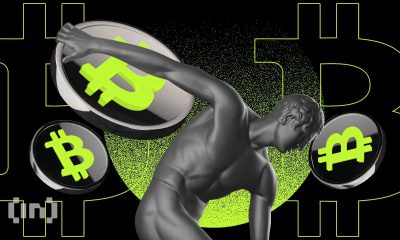
 Market19 hours ago
Market19 hours agoBitcoin Eyes $90,000, But Key Resistance Levels Loom
-

 Altcoin23 hours ago
Altcoin23 hours agoWhispers Of Insider Selling As Mantra DAO Relocates Nearly $27 Million In OM To Binance
-

 Market21 hours ago
Market21 hours agoETH Retail Traders Boost Demand Despite Institutional Outflows
-
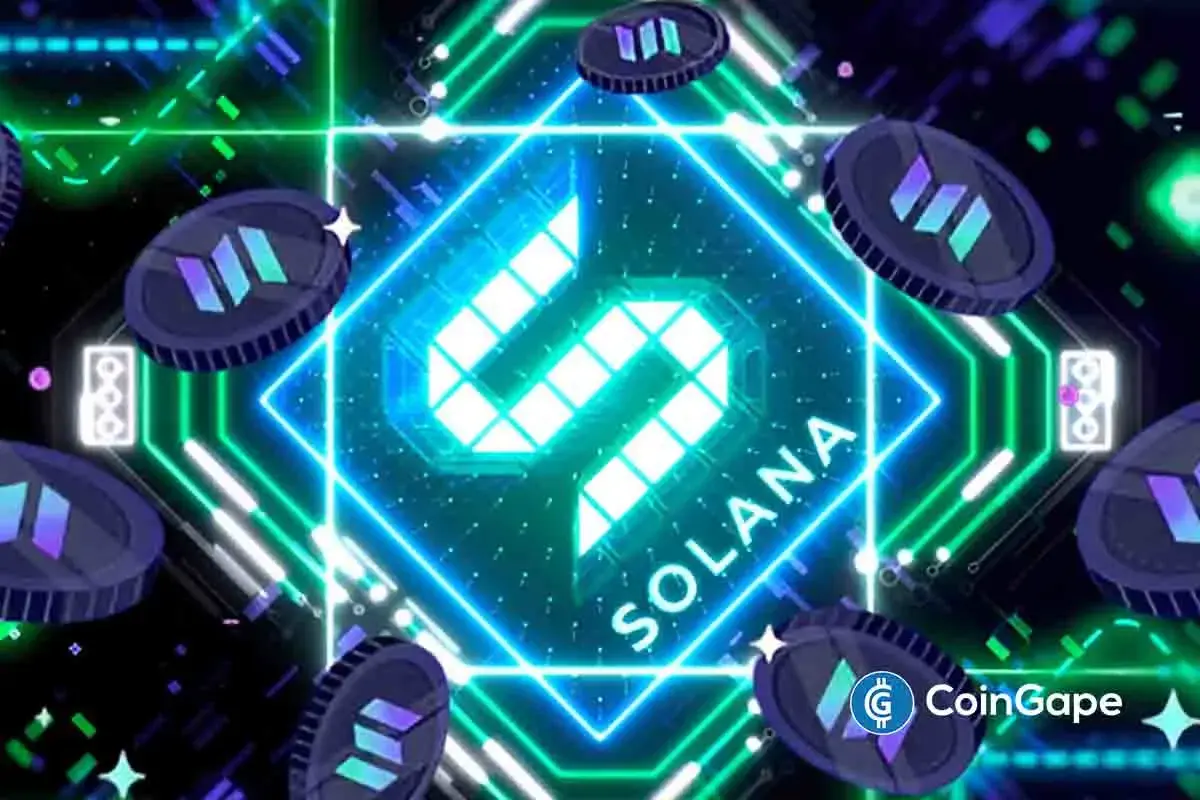
 Altcoin21 hours ago
Altcoin21 hours agoCould Tomorrow’s Canada Solana ETF Launch Push SOL Price to $200?
-

 Market23 hours ago
Market23 hours agoForget XRP At $3, Analyst Reveals How High Price Will Be In A Few Months
-

 Market15 hours ago
Market15 hours agoSolana (SOL) Jumps 20% as DEX Volume and Fees Soar
-

 Market14 hours ago
Market14 hours agoHedera Under Pressure as Volume Drops, Death Cross Nears


